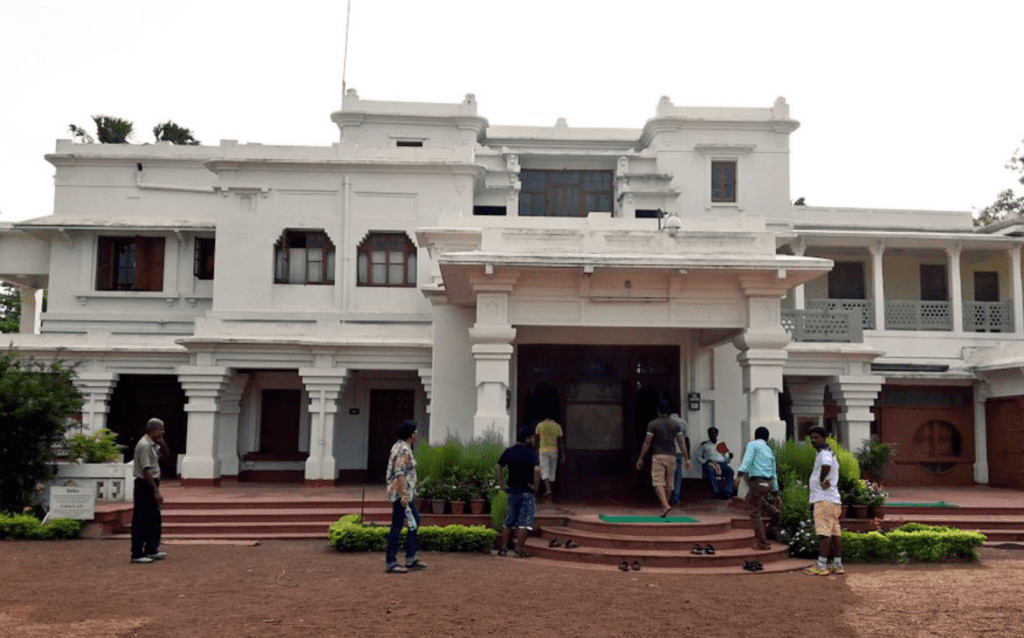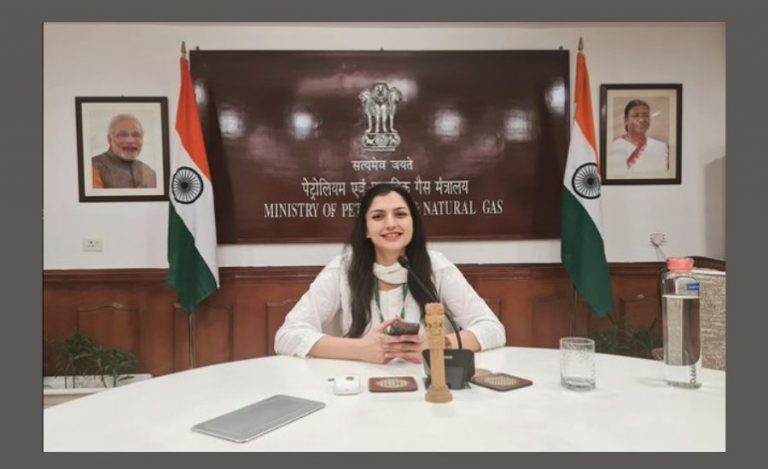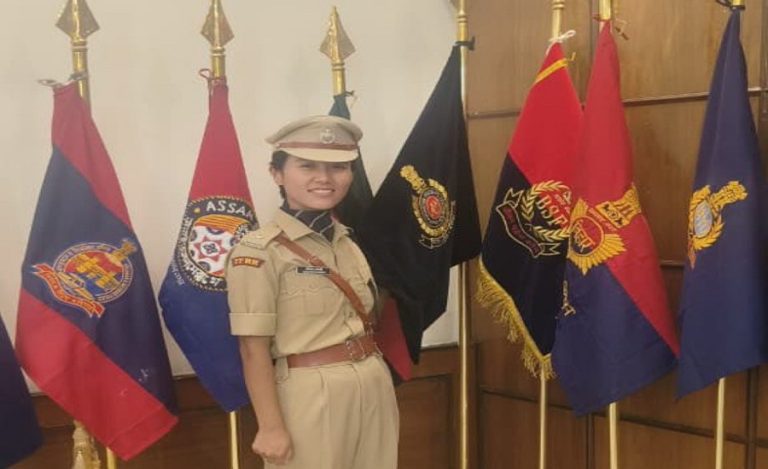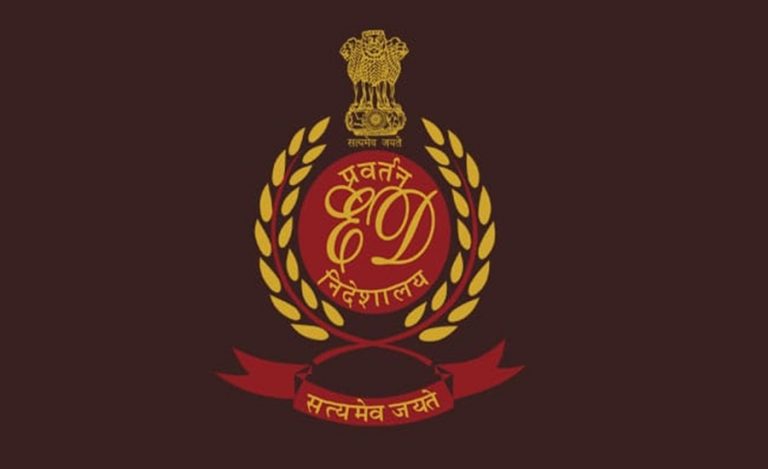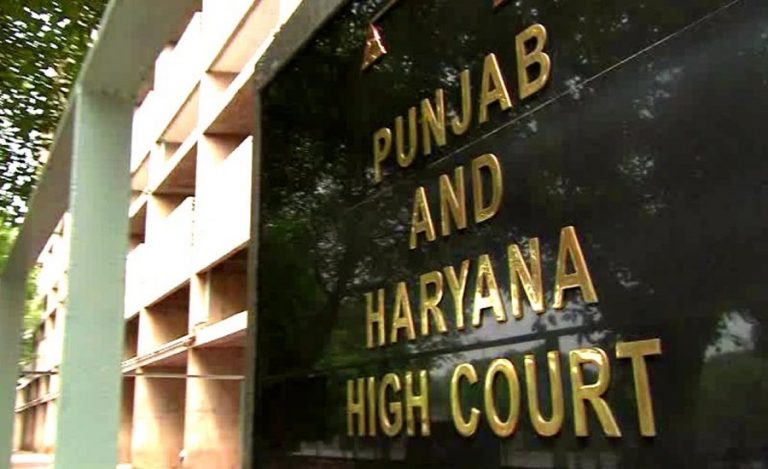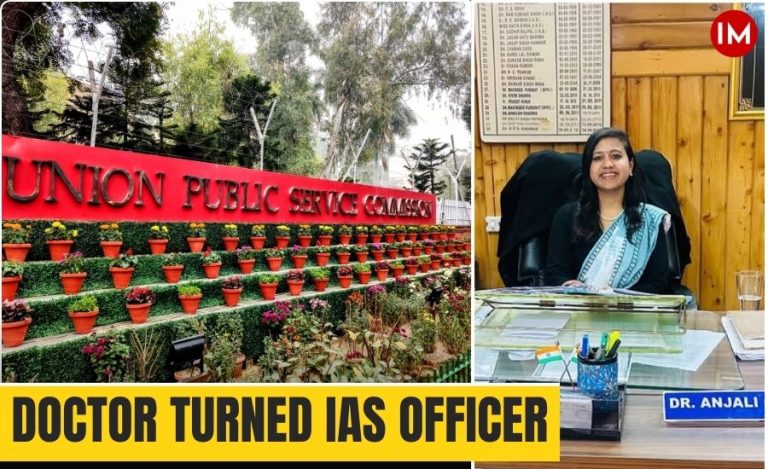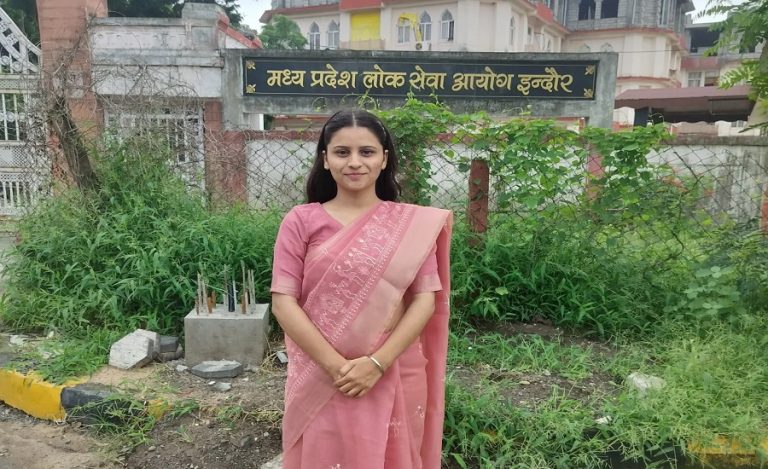Ananth Rupanagudi, a distinguished 1997 batch IRAS officer, recently shared captivating glimpses of Shantiniketan. In a mesmerizing post, he unveiled the rich tapestry of landmarks that define this cultural haven.
From the abode of the Gurudev in 2016 – Shantiniketan! Rabindra Bhavan, the main residence of Gurudev, now a museum; the Uttarayan complex, another beautiful residence of Tagore; the landscaped garden there and the car of Gurudev, kept in a glass case! #WestBengal #travel pic.twitter.com/rabqcunWy3
— Ananth Rupanagudi (@Ananth_IRAS) March 9, 2024
Among the highlights were visits to Rabindra Bhavan, once the abode of Gurudev Rabindranath Tagore and now a cherished museum. The Uttarayan complex, another jewel, showcased Tagore’s architectural prowess, alongside his personal car preserved in a glass case.
Venturing further, Mr. Rupanagudi uncovered the soul-stirring Ghanta Tala, reminiscent of a Buddhist stupa, and the historic Sinha Sadan, a testament to philanthropy and artistry. Noteworthy was the exploration of Nobel Laureate Amartya Sen’s residence, stirring conversations and curiosity.
This house of some controversy, that of Nobel Laureate Amartya Sen at Shantiniketan; the Upasana Griha, the prayer hall with Belgian glass, constructed by Debendranath Tagore in 1863; the railway saloon last used by Gurudev in 1941, kept at Bolpur station! #WestBengal #Travel https://t.co/1aDb7PFDam pic.twitter.com/3KMSPAM7XW
— Ananth Rupanagudi (@Ananth_IRAS) March 12, 2024
But the journey didn’t end there. he further delved into the spiritual heart of Shantiniketan, unveiling the serene Upasana Griha, adorned with Belgian glass, and the railway saloon, a relic of Gurudev’s travels frozen in time at Bolpur station.

